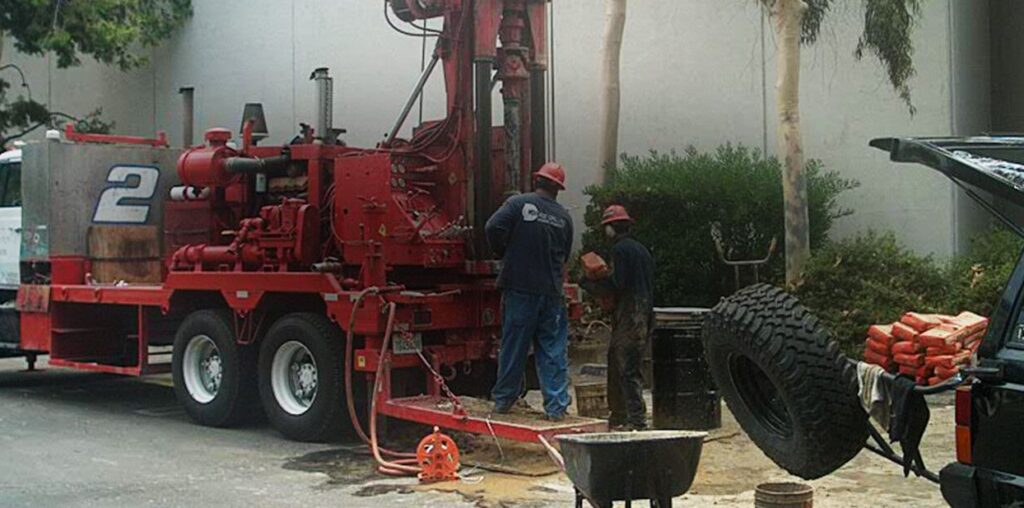Introduction
Building on clay soil presents unique challenges that can impact the longevity and stability of any structure. Clay soil is known for its expansive nature, meaning it swells when wet and shrinks when dry. These changes can lead to foundation movement, cracks, and other structural issues. A stable foundation and proper soil stabilization are crucial to prevent costly repairs and ensure long-term integrity.
G3SoilWorks specializes in geotechnical solutions designed to address the complexities of clay soil. With expert analysis and innovative stabilization techniques, we help property owners build strong, durable foundations that withstand the test of time.
Understanding the Challenges of Clay Soil
What is Clay Soil?
Clay soil is a fine-grained natural material that holds moisture for long periods. Unlike sandy or loamy soils, clay is highly cohesive and prone to expansion and contraction based on moisture levels. This characteristic makes it difficult to support heavy structures without proper treatment. If you’re wondering how to treat clay soil, various stabilization techniques can help make it more suitable for building.
Why is Clay Soil Problematic for Foundations?
The biggest challenge with building on clay soil is its shrink-swell behavior. During wet seasons, the soil expands, pushing against the foundation. When it dries, it contracts, causing the foundation to shift and settle unevenly. Additionally, clay has poor load-bearing capacity, making it unreliable for supporting structures without reinforcement.
Signs of Foundation Issues on Clay Soil
Early detection can prevent severe structural damage. Common signs include:
-
Cracks in walls, floors, or ceilings
-
Uneven or sloping floors
-
Sticky doors and windows
-
Water pooling around the foundation
Professionals may use laser levels, foundation sensors, and soil moisture tests to identify underlying problems.
Key Methods to Stabilize Foundations on Clay Soil
Soil Testing and Site Assessment
Before construction, a thorough geotechnical evaluation is essential. At G3SoilWorks, we conduct in-depth testing to determine the soil’s composition, moisture retention, and strength. These results shape an effective soil stabilization strategy for each site.
Drainage Solutions
Proper drainage prevents excess moisture accumulation. Recommended solutions include:
-
French drains
-
Property grading
-
Downspout extensions
These features help control water flow and reduce swelling in the clay.
Soil Stabilization Techniques
To enhance structural reliability, these soil stabilization methods are highly effective:
-
Lime and clay soil stabilization: Adding lime to the soil reduces expansion and boosts strength.
-
Chemical stabilization using a clay stabilizer: Modern chemical treatments improve cohesion and moisture resistance.
-
Mechanical compaction: Compressing the soil or mixing it with granular materials enhances its capacity to bear structural loads.
Read More on About How to Stabilize Foundation on Clay Soil

